From Still to Auction Block: How Bourbon Matures (And Why Oak Is Everything)

Before a bottle of bourbon ever lands on an auction block, it’s lived a life — and most of that life happens inside a barrel. Aging is bourbon’s puberty: awkward, messy, and transformative. Raw, fiery distillate goes in, and after years of struggling against charred oak and changing seasons, something complex, smoky, and beautiful comes out.
Let’s break down how bourbon ages, why oak is everything, and why collectors fight to get their hands on bottles that survived the journey.
The Barrel: Bourbon’s Cage and Cradle
By law, bourbon must be aged in new, charred American oak barrels. That’s not just tradition — it’s the soul of the spirit. The oak is both a cage (holding the liquid back, making it wait) and a cradle (shaping it into something more than it was).
- The char layer acts like a natural filter, stripping away bitterness.
- The caramelized sugars in the wood leak flavor into the liquid: vanilla, toffee, brown sugar.
- The oak itself adds tannins that give bourbon its backbone and structure.
Without oak, bourbon would just be corn whiskey moonshine with no story to tell.
Seasons Do the Work
Bourbon barrels don’t sit idle. They breathe with the seasons. Summer heat pushes the spirit deep into the staves, soaking up caramelized sugars and smoky char. Winter contracts the liquid back out, carrying oak’s DNA with it. Over and over, year after year, bourbon inhales and exhales through the wood like a living thing.
This is why Kentucky’s climate is perfect for aging. It’s not just tradition; it’s science. Hot summers and cold winters mean faster, more dramatic exchanges between liquid and oak — and more intense flavor in fewer years.
The Flavor Timeline: What Age Really Means
Here’s what happens as the years tick by inside that oak prison:
- 2–4 years: Young bourbon, still hot, with sharp grain notes. A little vanilla, a little spice, but not much depth.
- 6–10 years: Balance kicks in. Caramel, oak, and baking spices start to dominate. This is where many distilleries release their flagship bottles.
- 12–18 years: The sweet spot for complexity. Dark fruit, tobacco, chocolate, leather. Collectors love bottles in this window because the flavor is both bold and balanced.
- 20+ years: The risk zone. Some bourbons become legendary; others get over-oaked, bitter, and tannic. The line between masterpiece and mistake is razor-thin — and that gamble is part of the allure.
Why Collectors Care About Aging
For bourbon collectors, oak-aged whiskey is currency. Age statements aren’t just numbers; they’re markers of survival and rarity. Every extra year in the barrel means fewer bottles make it to release, driving scarcity (and auction prices) higher.
That’s why a well-aged bourbon can become a crown jewel at auction — it represents time, patience, and risk bottled up and sealed.
From Barrel to Auction Block
By the time a bourbon hits an auction, it’s not just a drink — it’s a story in glass. Collectors aren’t just bidding on flavor. They’re bidding on:
- The years of oak and time invested.
- The rarity of the release.
- The proof of mastery in aging well, not just long.
At Aged in Oak, we see firsthand how barrels and time dictate what drives collectors wild. The oak doesn’t just influence the bourbon — it defines its destiny.
Final Pour
Aging is bourbon’s great equalizer. It takes raw spirit and either elevates it into greatness or breaks it down into bitterness. Oak is the arena where that battle happens.
The next time you see a bottle cross our auction block, remember: you’re not just looking at bourbon. You’re looking at years of fire, wood, and time wrestling inside a barrel — a fight that only the best bottles survive.
More Fresh Pours and Perspectives

Inside the Auction: Rare Scotch, Collector Trains & 200+ Bottles Ready for the Taking

Inside the Auction: Rare Scotch, Collector Trains & 200+ Bottles Ready for the Taking

The Bourbon Family Tree: Exploring the Branches of America’s Favorite Spirit

The Bourbon Family Tree: Exploring the Branches of America’s Favorite Spirit
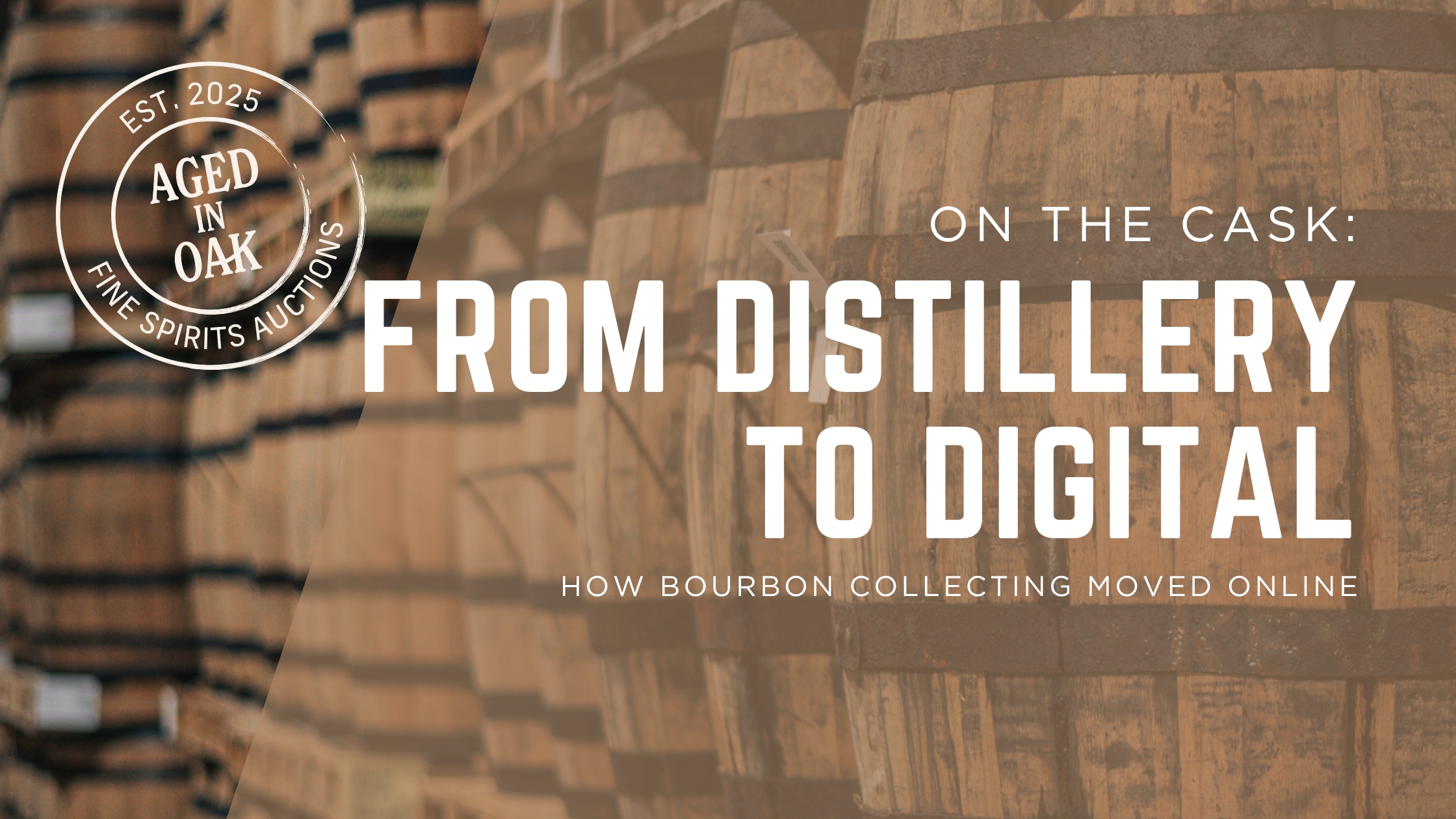
From Distillery to Digital — How Bourbon Collecting Moved Online

From Distillery to Digital — How Bourbon Collecting Moved Online

Blanton’s Bourbon: History, Expressions, and the Hype Behind America’s Most Collectible Bourbon

Blanton’s Bourbon: History, Expressions, and the Hype Behind America’s Most Collectible Bourbon

Inside the Auction: Iconic Bottles, Bourbon Legends & the Thrill of the Bid

Inside the Auction: Iconic Bottles, Bourbon Legends & the Thrill of the Bid
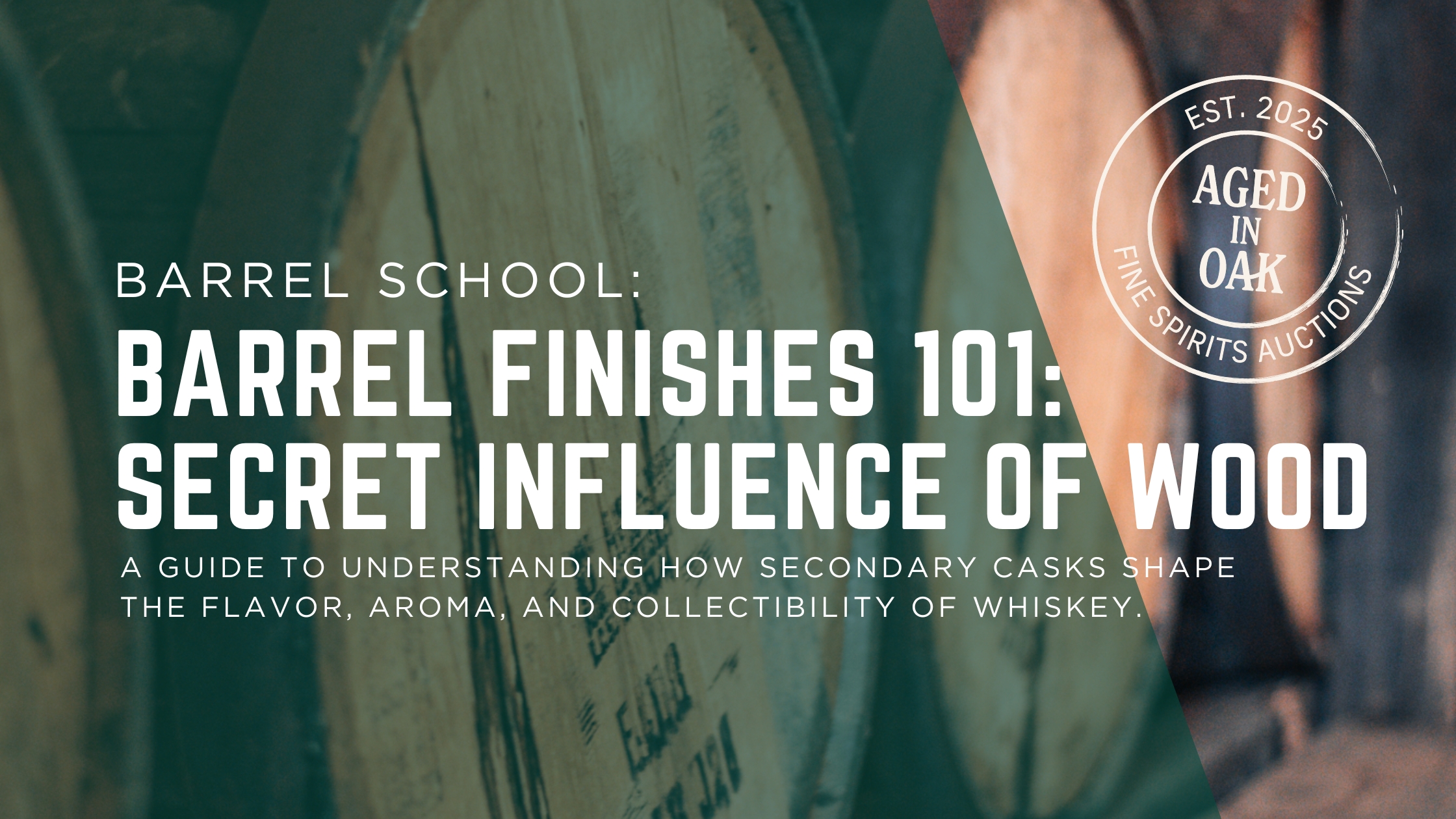
Barrel Finishes 101: The Secret Influence of Wood

Barrel Finishes 101: The Secret Influence of Wood
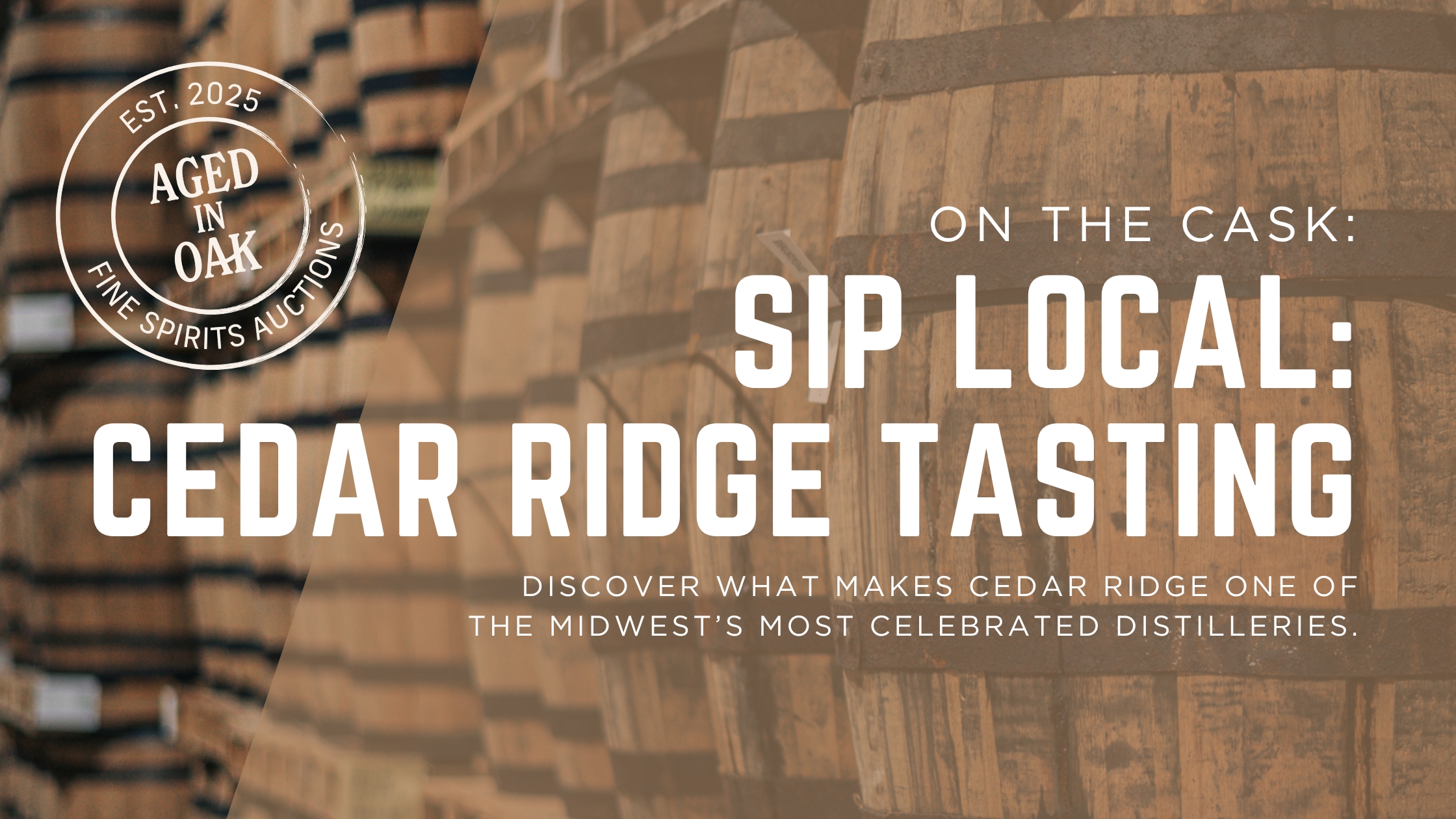
Sip Local: Cedar Ridge Distillery Tasting at Aged in Oak

Sip Local: Cedar Ridge Distillery Tasting at Aged in Oak

Inside the Auction: Powerhouse Picks, Proof, and the Joy of the Bid

Inside the Auction: Powerhouse Picks, Proof, and the Joy of the Bid
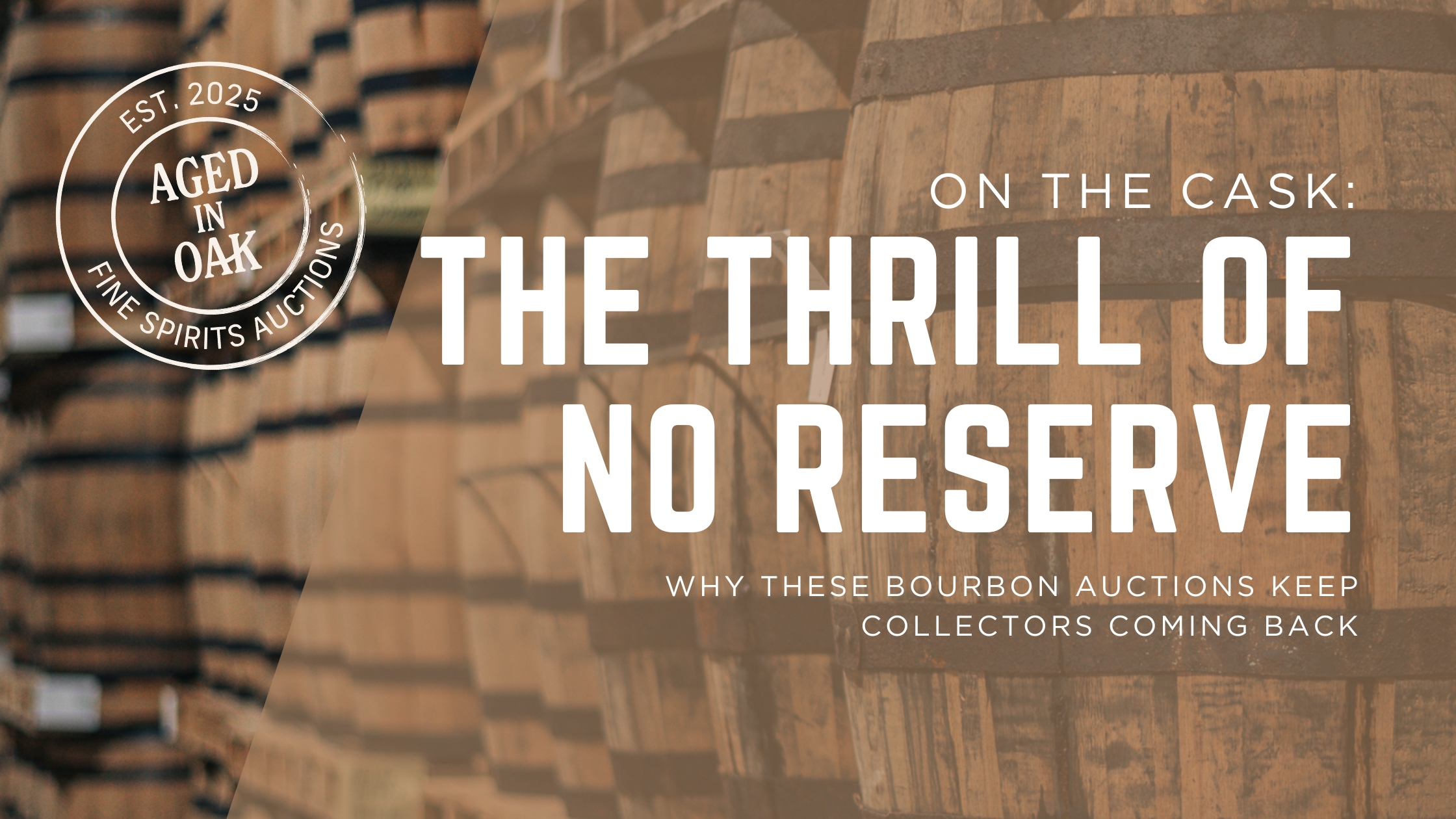
The Thrill of No Reserve: Why These Bourbon Auctions Keep Collectors Coming Back

The Thrill of No Reserve: Why These Bourbon Auctions Keep Collectors Coming Back

The Thrill of No Reserve: Why These Bourbon Auctions Keep Collectors Coming Back

The Thrill of No Reserve: Why These Bourbon Auctions Keep Collectors Coming Back

What Bourbon Is Made From: The Art (and Law) Behind America’s Spirit

What Bourbon Is Made From: The Art (and Law) Behind America’s Spirit

The Ghosts of the Rickhouse: Haunted Legends of Bourbon Country

The Ghosts of the Rickhouse: Haunted Legends of Bourbon Country

Single Barrel vs. Small Batch: What’s the Difference (and Does It Matter?)

Single Barrel vs. Small Batch: What’s the Difference (and Does It Matter?)

Bottles with a Past: The Spooky Side of Bourbon History

Bottles with a Past: The Spooky Side of Bourbon History
.jpg)
Inside the Auction: Hidden Gems, Signed Bottles & Kentucky’s Finest
.jpg)
Inside the Auction: Hidden Gems, Signed Bottles & Kentucky’s Finest
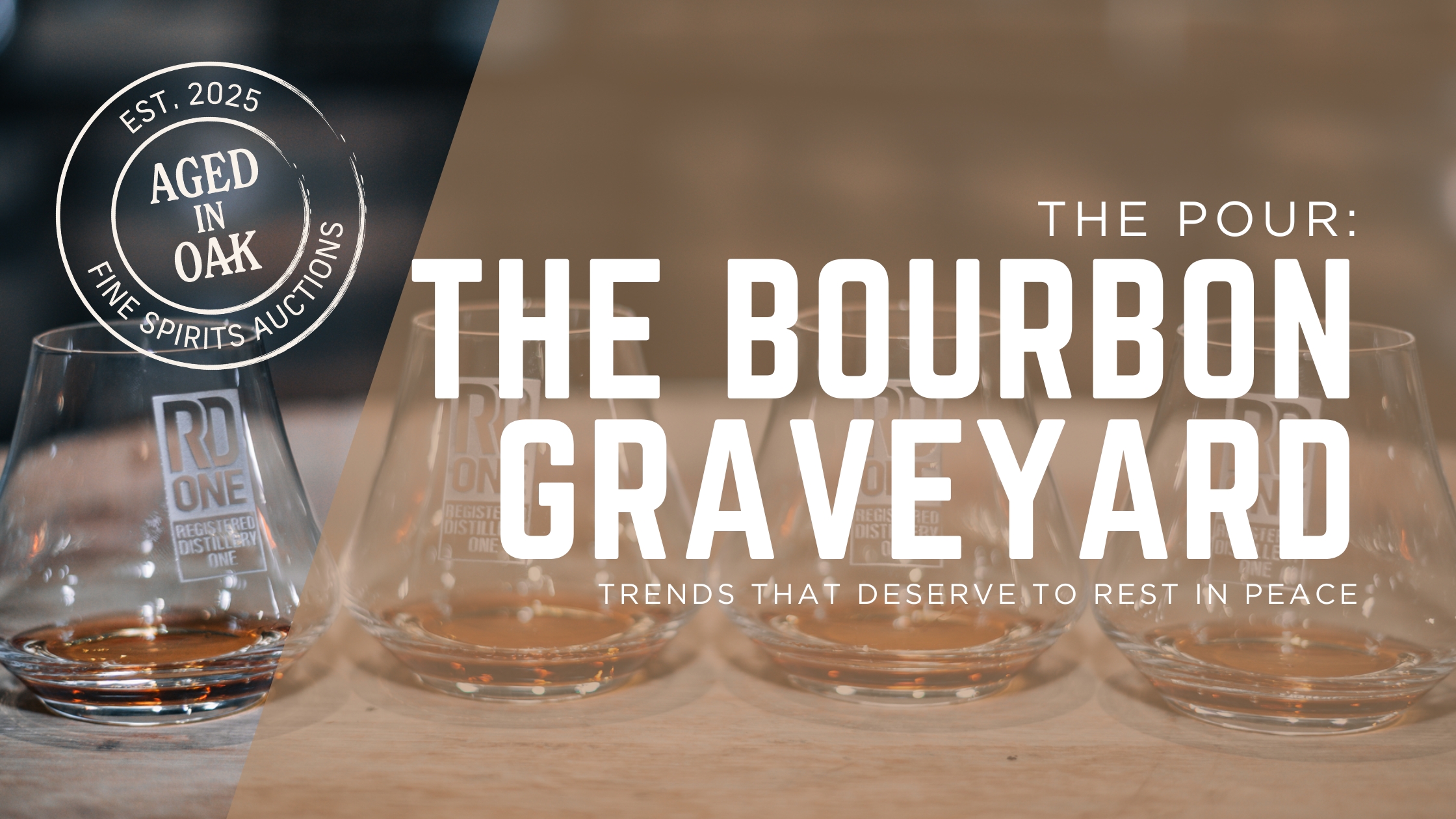
The Bourbon Graveyard: Trends That Deserve to Rest in Peace

The Bourbon Graveyard: Trends That Deserve to Rest in Peace

How to Read a Bourbon Label Like a Pro: Decoding the secrets behind age, proof, and distillery details

How to Read a Bourbon Label Like a Pro: Decoding the secrets behind age, proof, and distillery details

Bringing Bourbon’s Heritage Home: How Aged in Oak captures the soul of Bardstown in the heart of Vernon Hills.

Bringing Bourbon’s Heritage Home: How Aged in Oak captures the soul of Bardstown in the heart of Vernon Hills.

Inside the Auction: Bourbon Legends, Cult Favorites, and the Hunt for Purple Reign

Inside the Auction: Bourbon Legends, Cult Favorites, and the Hunt for Purple Reign
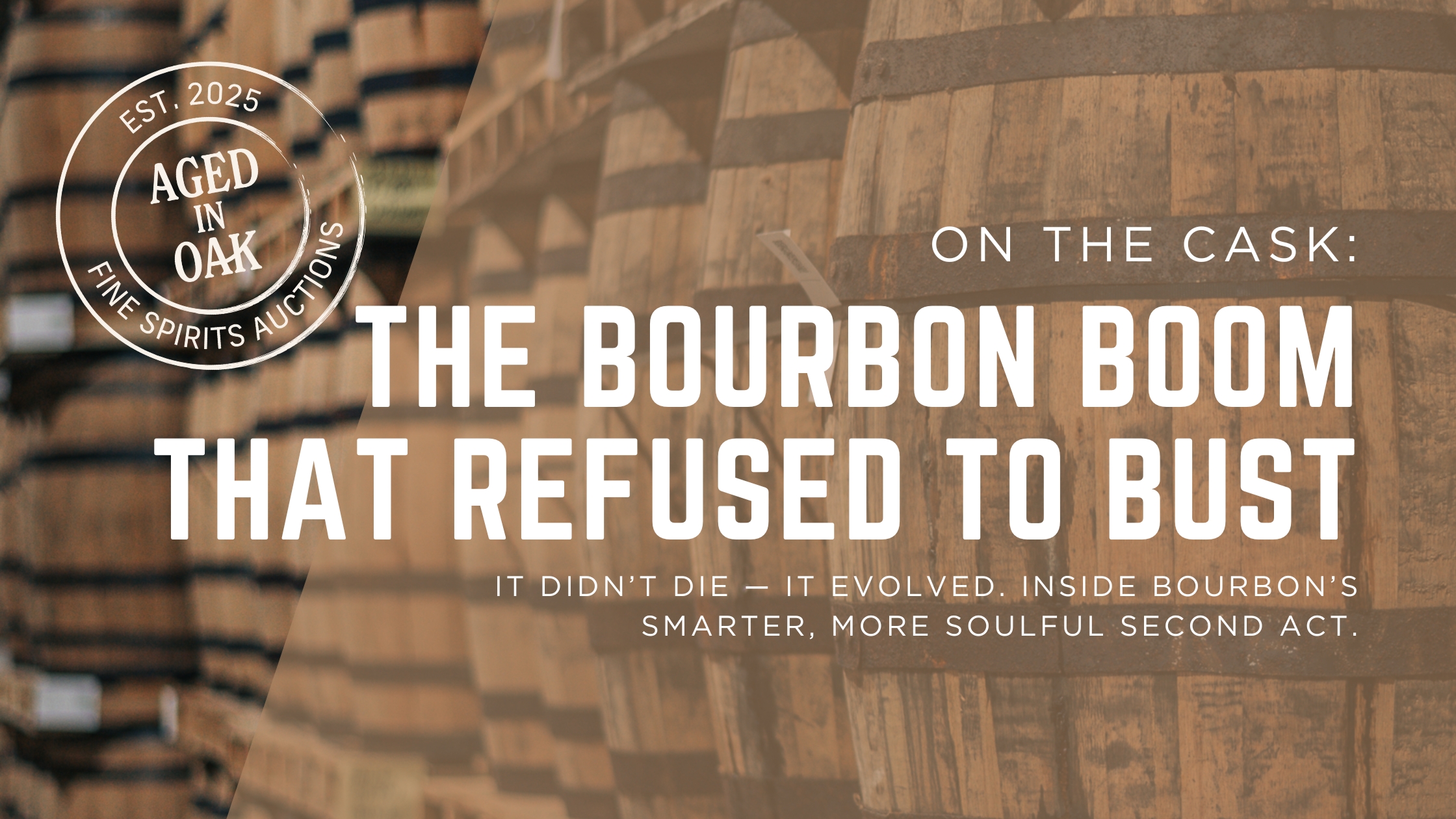
The Bourbon Boom That Refused to Bust

The Bourbon Boom That Refused to Bust
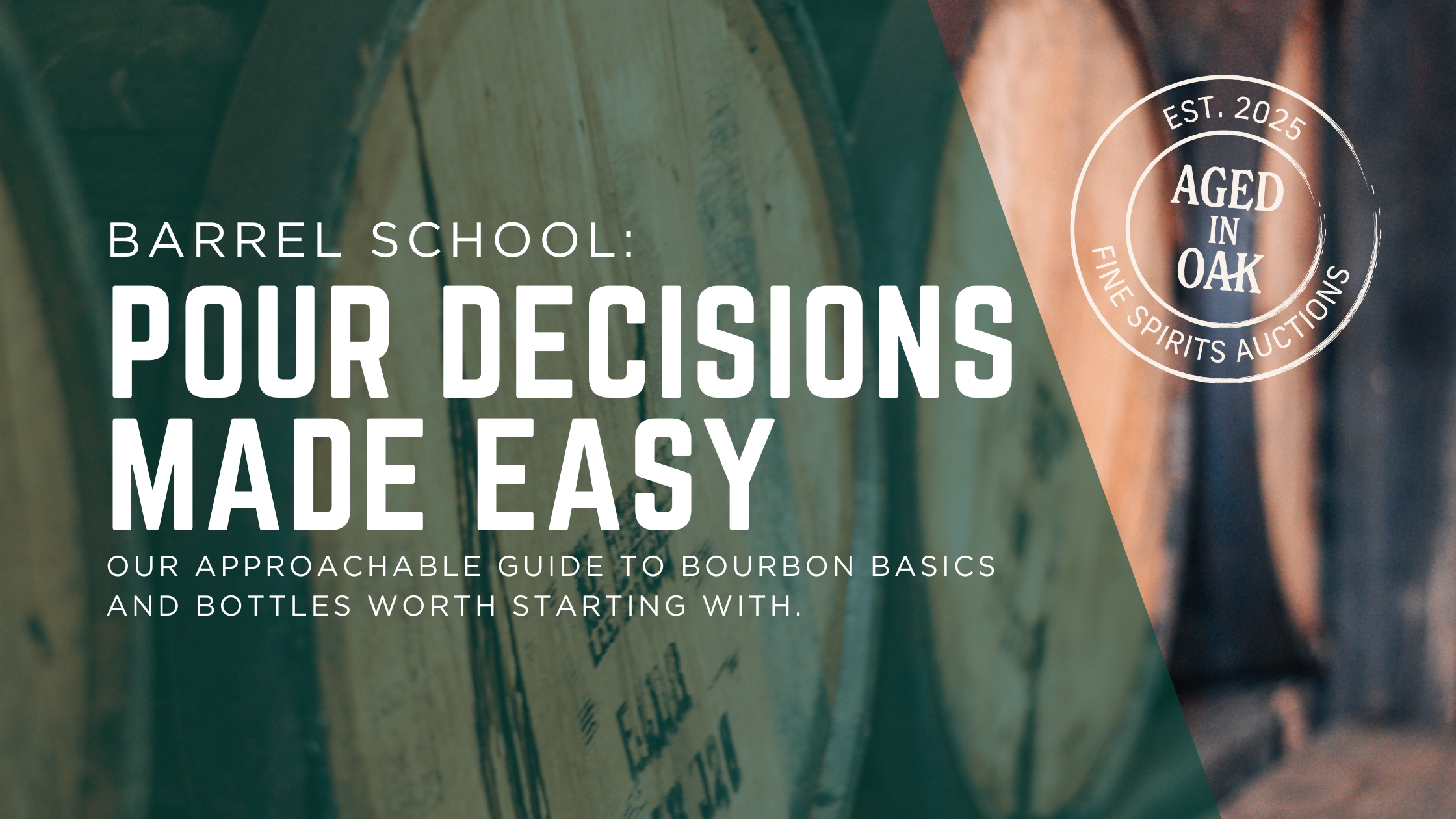
Pour Decisions Made Easy: Our Approachable Guide to Bourbon Basics and Bottles Worth Starting With

Pour Decisions Made Easy: Our Approachable Guide to Bourbon Basics and Bottles Worth Starting With
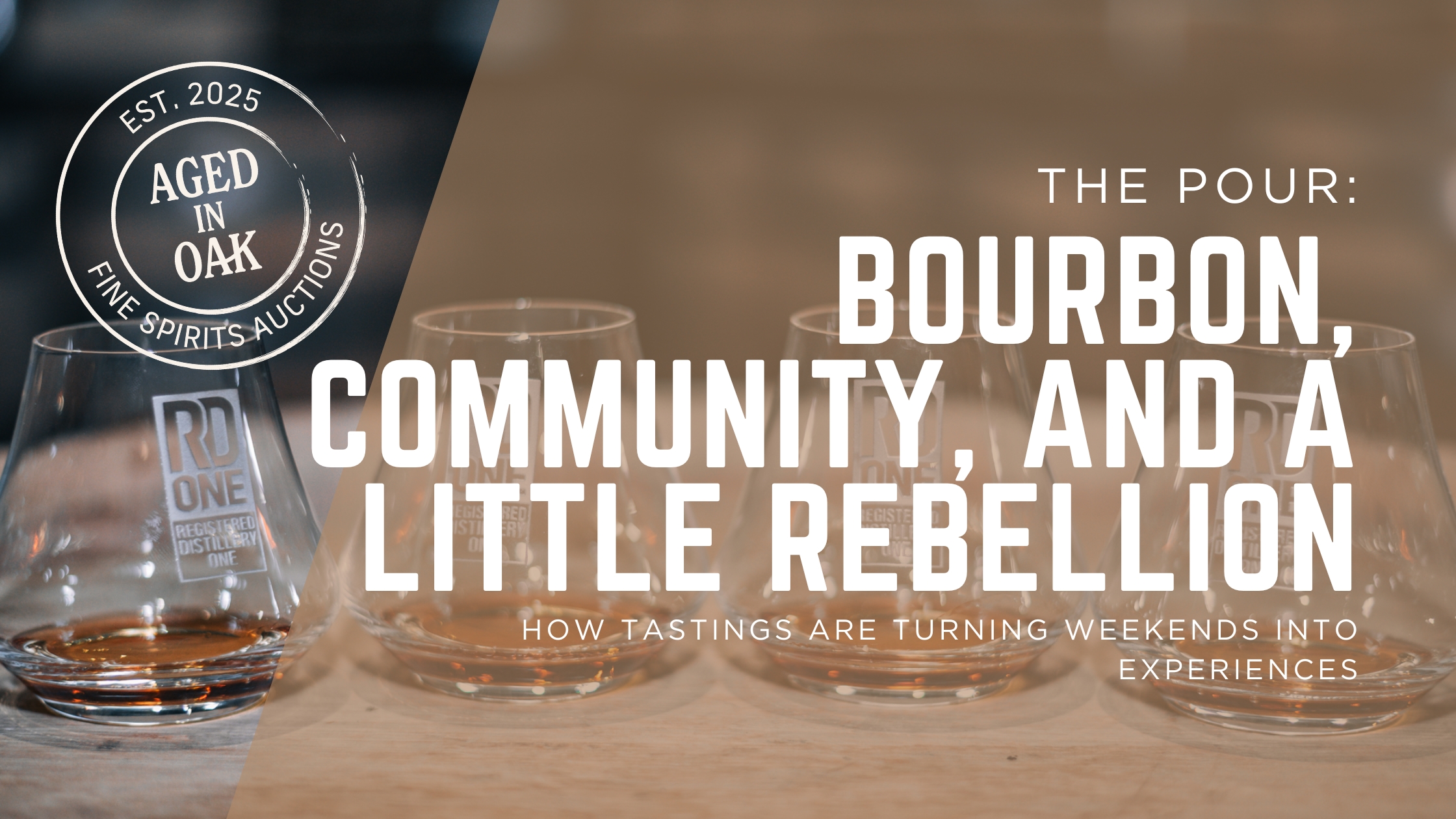
Bourbon, Community, and a Little Rebellion: Why tastings are the hottest social scene of 2025

Bourbon, Community, and a Little Rebellion: Why tastings are the hottest social scene of 2025

The Bottle That Broke the Rules: The Story of Blanton’s Original Single Barrel

The Bottle That Broke the Rules: The Story of Blanton’s Original Single Barrel
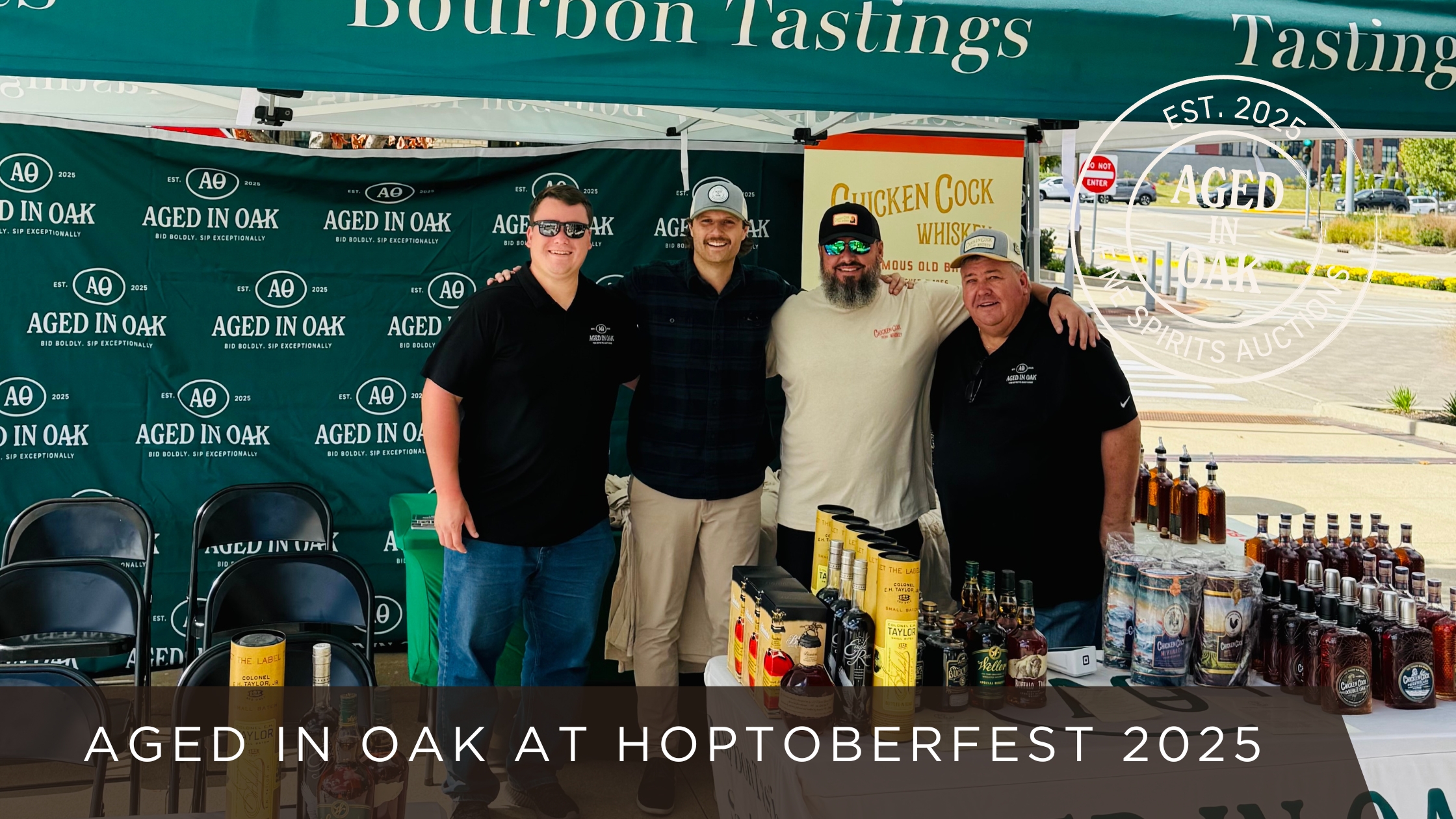
A Toast to Hoptoberfest: New Faces, Great Bourbon, and Unforgettable Conversations

A Toast to Hoptoberfest: New Faces, Great Bourbon, and Unforgettable Conversations
.jpg)
Bourbon Through the Ages: The Stories Behind America’s Spirit
.jpg)
Bourbon Through the Ages: The Stories Behind America’s Spirit
.jpg)
Rare Bourbon, Signature Cocktails, and Community -- Find It All At Aged in Oak in Vernon Hills
.jpg)
Rare Bourbon, Signature Cocktails, and Community -- Find It All At Aged in Oak in Vernon Hills

Fall Into Flavor: Bourbon Recipes That Hit Harder Than Pumpkin Spice

Fall Into Flavor: Bourbon Recipes That Hit Harder Than Pumpkin Spice

What Your Go-To Pour Says About You: A Bourbon Personality Test You Didn’t Know You Needed

What Your Go-To Pour Says About You: A Bourbon Personality Test You Didn’t Know You Needed

Weller Bourbon: The People’s Pappy and the Wheated Whiskey That Broke the Market

Weller Bourbon: The People’s Pappy and the Wheated Whiskey That Broke the Market
.jpg)
Crown Jewel Bourbon Bottles: The Ultimate Collectible Whiskey for Serious Collectors
.jpg)
Crown Jewel Bourbon Bottles: The Ultimate Collectible Whiskey for Serious Collectors

How Global Market Trends Are Shaping the Whiskey Collectible Space in 2025

How Global Market Trends Are Shaping the Whiskey Collectible Space in 2025

Bid Boldly. Sip Exceptionally. Dominate the Auction.

Bid Boldly. Sip Exceptionally. Dominate the Auction.
.jpg)
We’re in the Daily Herald: Building a Bourbon Community in Vernon Hills
.jpg)
We’re in the Daily Herald: Building a Bourbon Community in Vernon Hills
.jpg)
From Shelf to Sip: The People Who Keep Bourbon Alive
.jpg)
From Shelf to Sip: The People Who Keep Bourbon Alive
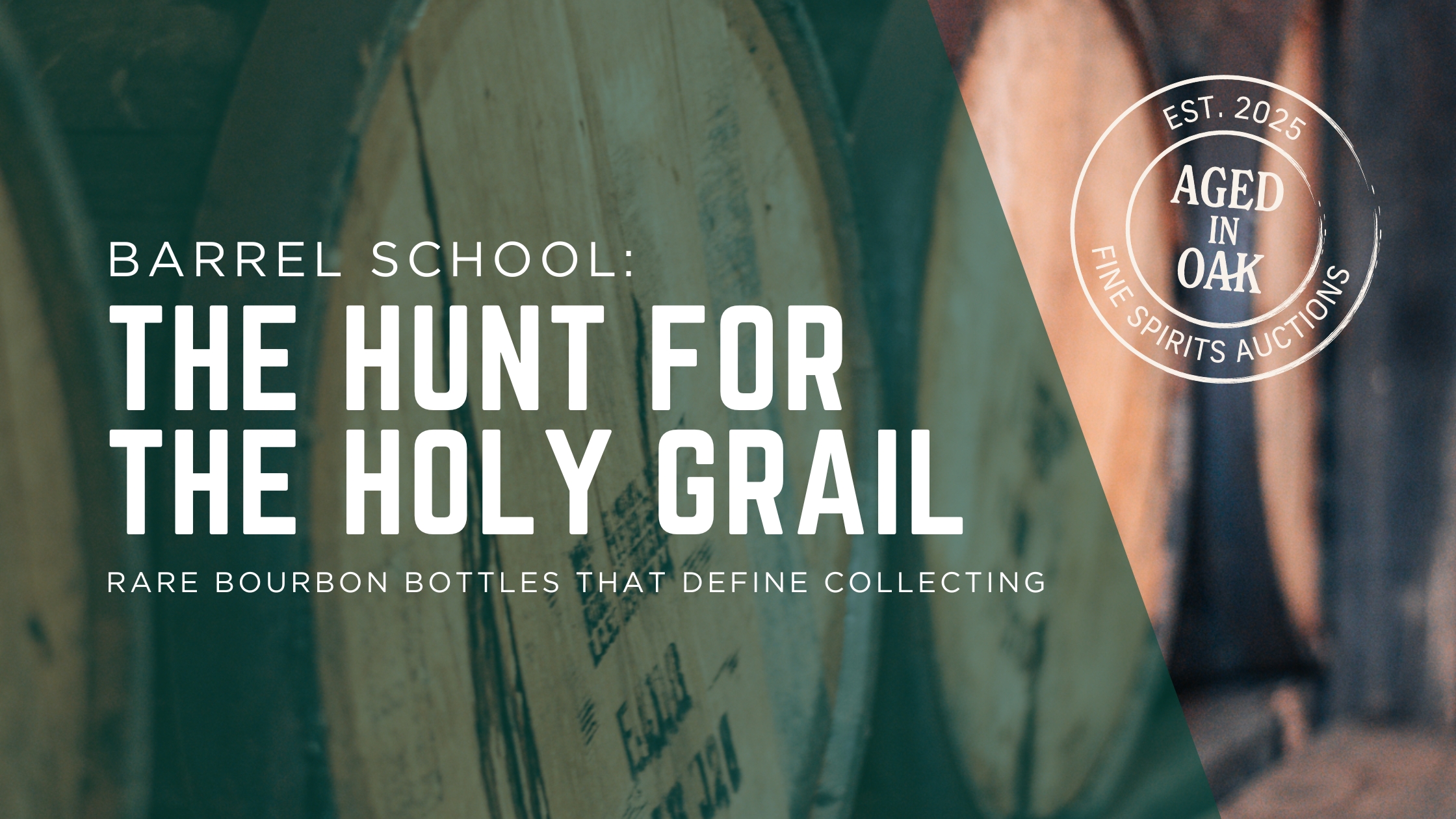
The Hunt for the Holy Grail: Rare Bourbon Bottles That Define Collecting

The Hunt for the Holy Grail: Rare Bourbon Bottles That Define Collecting
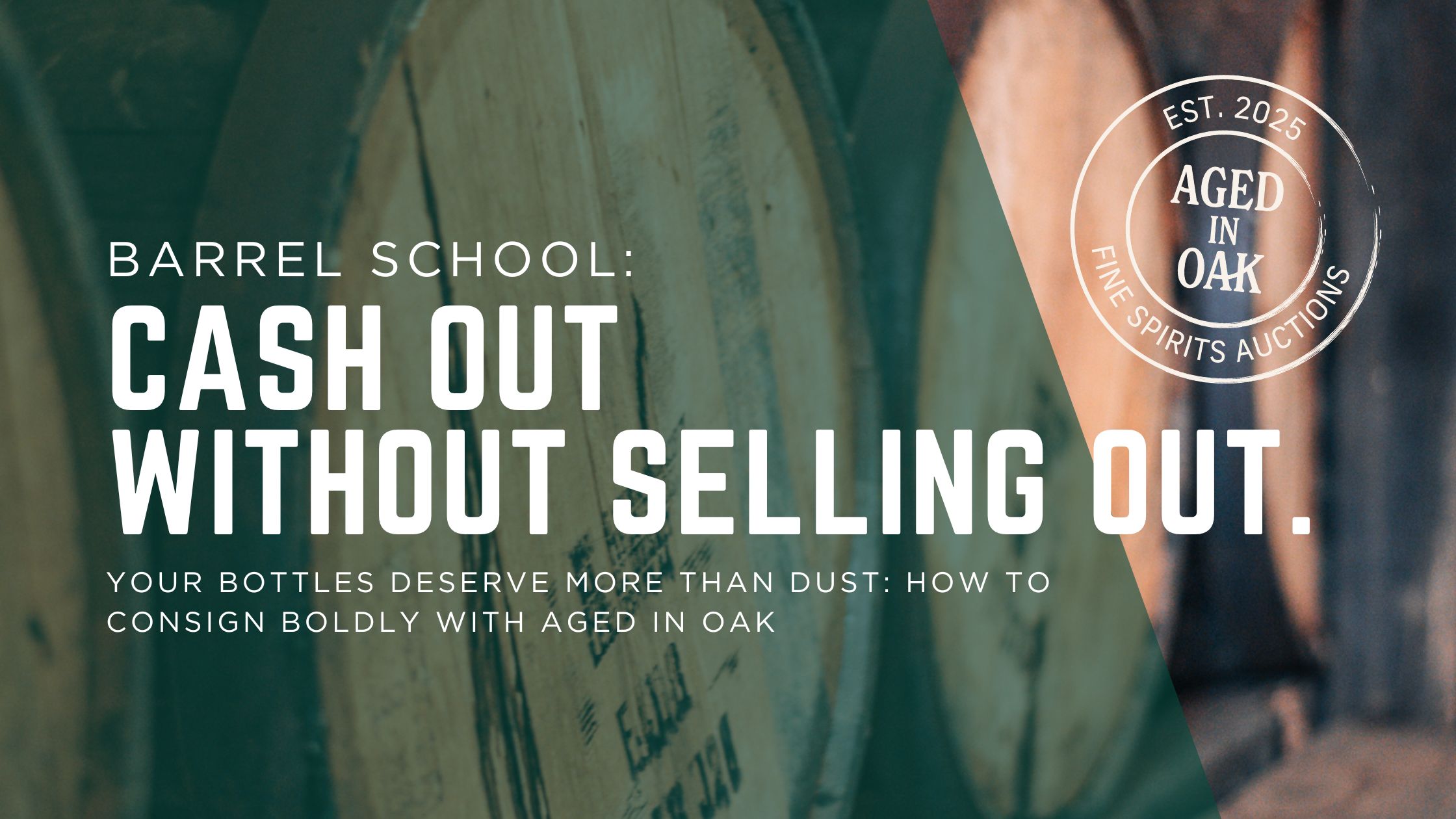
Cash Out Without Selling Out: How to Consign Bourbon with Aged in Oak

Cash Out Without Selling Out: How to Consign Bourbon with Aged in Oak
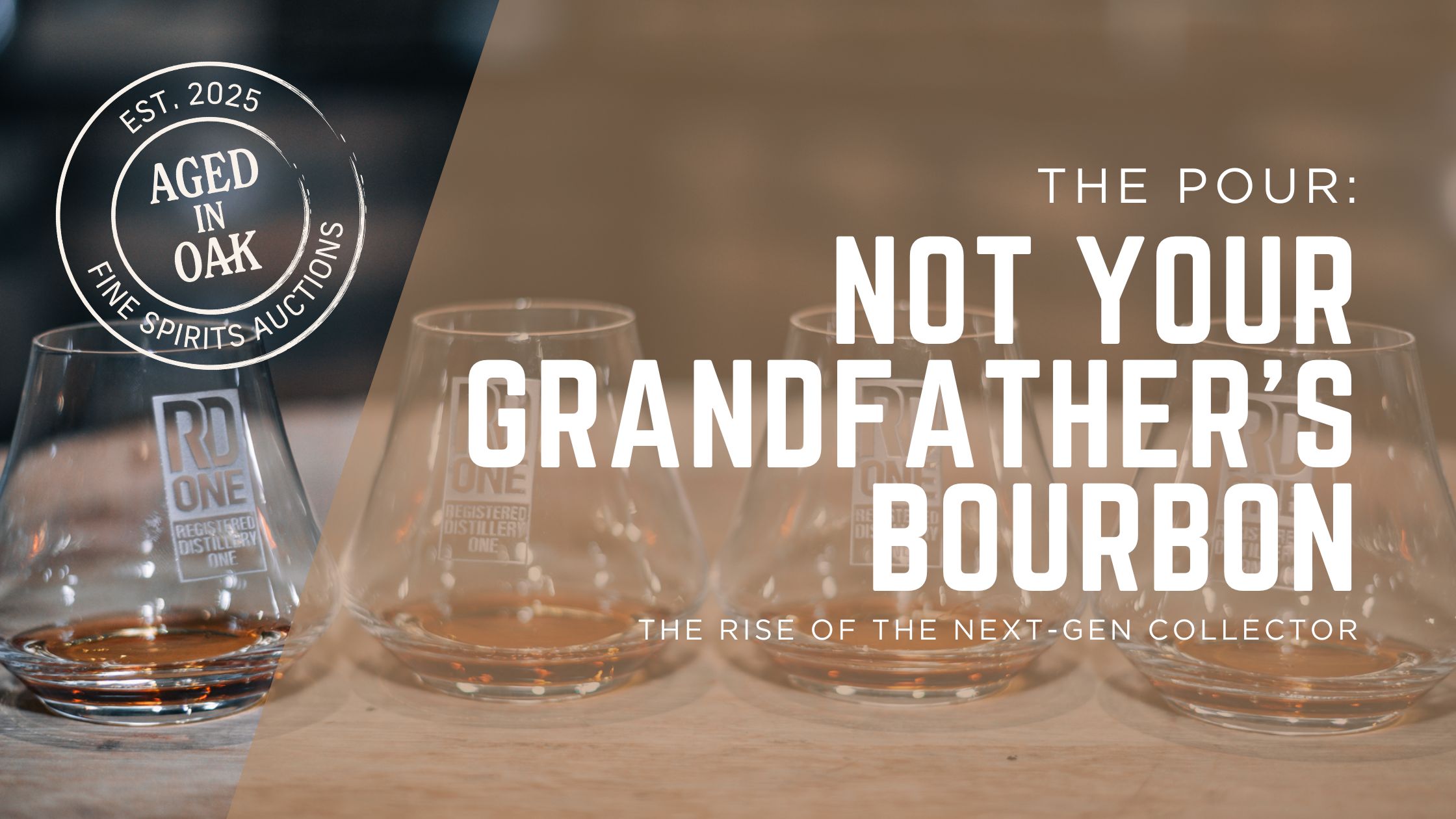
Not Your Grandfather’s Bourbon: The Rise of the Next-Gen Collector

Not Your Grandfather’s Bourbon: The Rise of the Next-Gen Collector

When to Let Go: Knowing It’s Time to Consign Your Bourbon

When to Let Go: Knowing It’s Time to Consign Your Bourbon

The Gospel According to Pappy: Why This Bottle Rules the Bourbon Underworld

The Gospel According to Pappy: Why This Bottle Rules the Bourbon Underworld

Tapping a Bourbon Barrel with RD1 Distillery

Tapping a Bourbon Barrel with RD1 Distillery

Crafting the "Circa 1856 Old Fashioned" at Chicken Cock

Crafting the "Circa 1856 Old Fashioned" at Chicken Cock

Aged in Oak Debuts Online Bourbon Community May 15, with Auctions and Bottle Appraisals Coming Summer 2025


